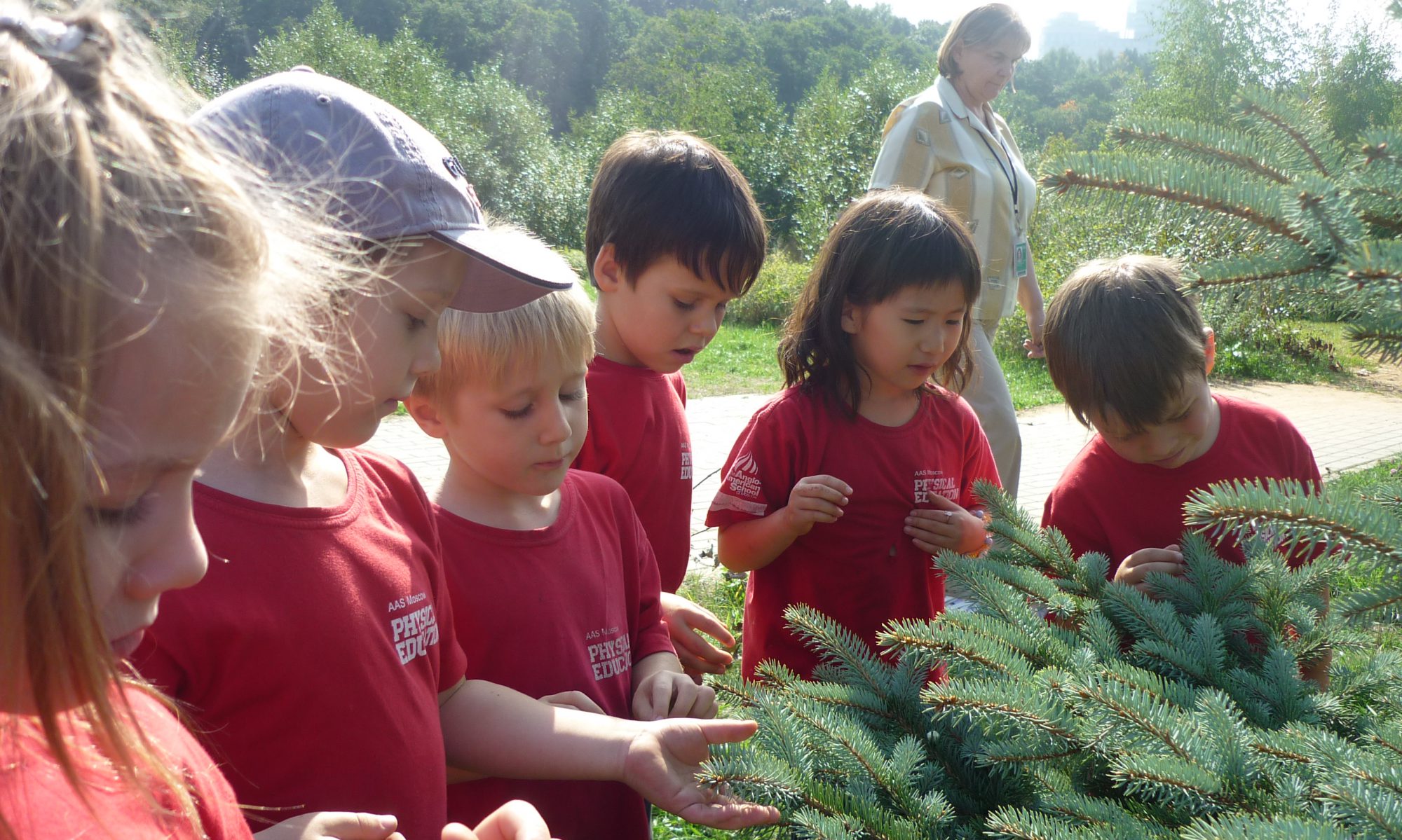Unit of Inquiry:
For the past six weeks, KZE students had many opportunities to inquire into how communities provide services designed to meet people’s needs. As we wrap up the “Community” unit this week, students reflected on what they had learned on the topic. Here are some of the highlights:
- People need a community to live in so that they can have different services nearby. – Max
- People need food. If they don’t have food, they will die. – Fatima
- We need jacket because when it is cold outside, the jacket will keep us warm. – Freddie
- We need water to drink so that we won’t die. – Safiya
- We need trees so we can breath. – Charlie
- We need different services in our community. – Hannes
- We learned that we need to plan when we built our model community. – Daisy
- We learned that we should work as a team when we made our model community. – Emerson
Sharing our published “True Stories”
For the past two weeks, KZE students practiced writing “true stories”. They tried to think of something that happened or that they did. Next, they told what happened with pictures and words. We reminded ourselves that we should always try to tell WHO is in the story, WHERE the story takes place, and WHAT is happening. We practiced telling the story in a storyteller’s voice and used speech bubbles to remember what people said. They were very proud to share their published books with their reading buddies. GO KZE writers!
happened with pictures and words. We reminded ourselves that we should always try to tell WHO is in the story, WHERE the story takes place, and WHAT is happening. We practiced telling the story in a storyteller’s voice and used speech bubbles to remember what people said. They were very proud to share their published books with their reading buddies. GO KZE writers!
Math – 3D shapes
 During math, we reviewed some basic two dimensional shapes before introducing basic three dimensional shapes including cone, cuboid, pyramid, cylinder, cube, and sphere. We will continue to reinforce the following in the coming weeks: correctly name shapes regardless to their orientations or overall size, Identify shapes as 2D (flat) or 3D (solid), building shapes, compare 2D and 3D shapes and describe their similarities/differences as well as other attributes.
During math, we reviewed some basic two dimensional shapes before introducing basic three dimensional shapes including cone, cuboid, pyramid, cylinder, cube, and sphere. We will continue to reinforce the following in the coming weeks: correctly name shapes regardless to their orientations or overall size, Identify shapes as 2D (flat) or 3D (solid), building shapes, compare 2D and 3D shapes and describe their similarities/differences as well as other attributes.






